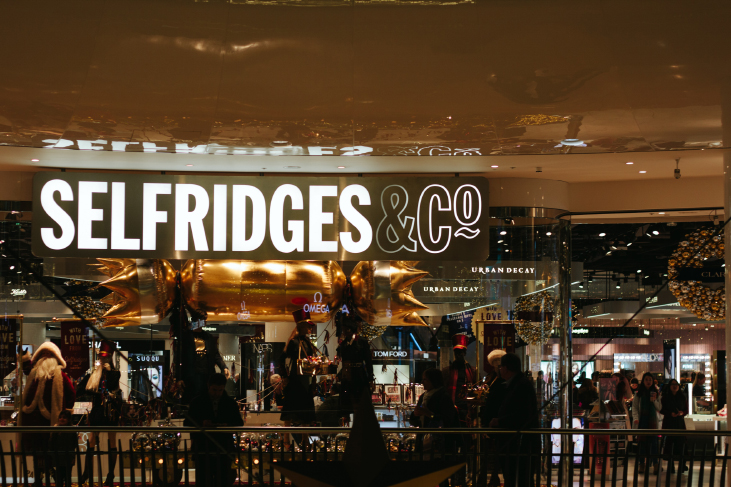Social listening tools allow businesses to monitor what is being said about them online, how customers feel about them, and who and what influences the conversation about them.
Maybe* has listened to the online conversations about John Lewis, Harrods, Selfridges, Debenhams and Fortnum & Mason throughout January 2020 in order to build a picture of which department stores are viewed most favourably on the High Street.











